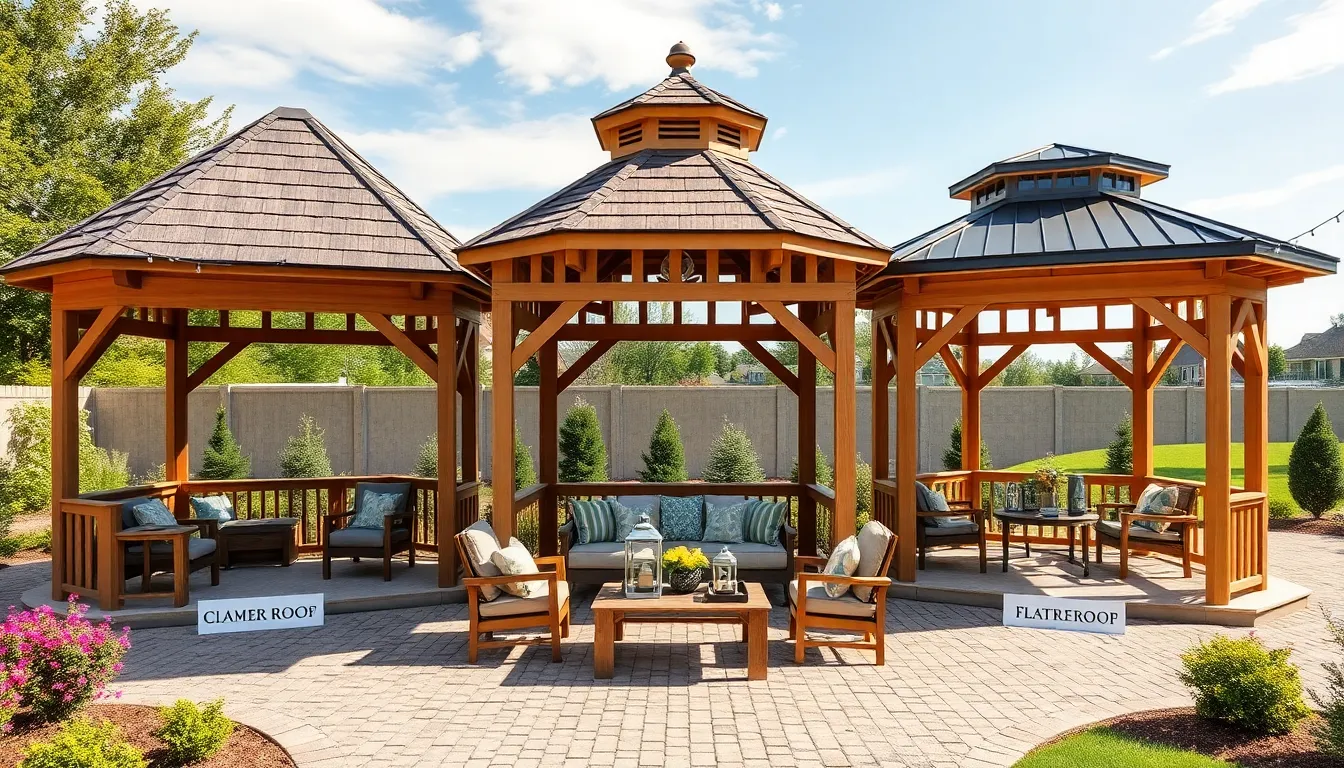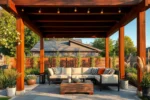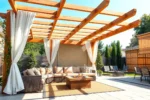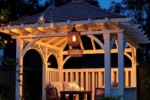Selecting the perfect roof style for your gazebo is more than just an aesthetic choice—it shapes the comfort and durability of your outdoor retreat. Whether you’re a first-time builder or a seasoned homeowner, understanding how different roof designs impact shade, ventilation, and weather protection can transform your backyard experience.
In this guide, you’ll discover practical tips to match roof styles with your climate, space, and personal taste. From classic pitched roofs to modern flat designs, we’ll help you confidently choose a gazebo roof that enhances both beauty and function in your outdoor living space.
Assess Your Gazebo’s Purpose
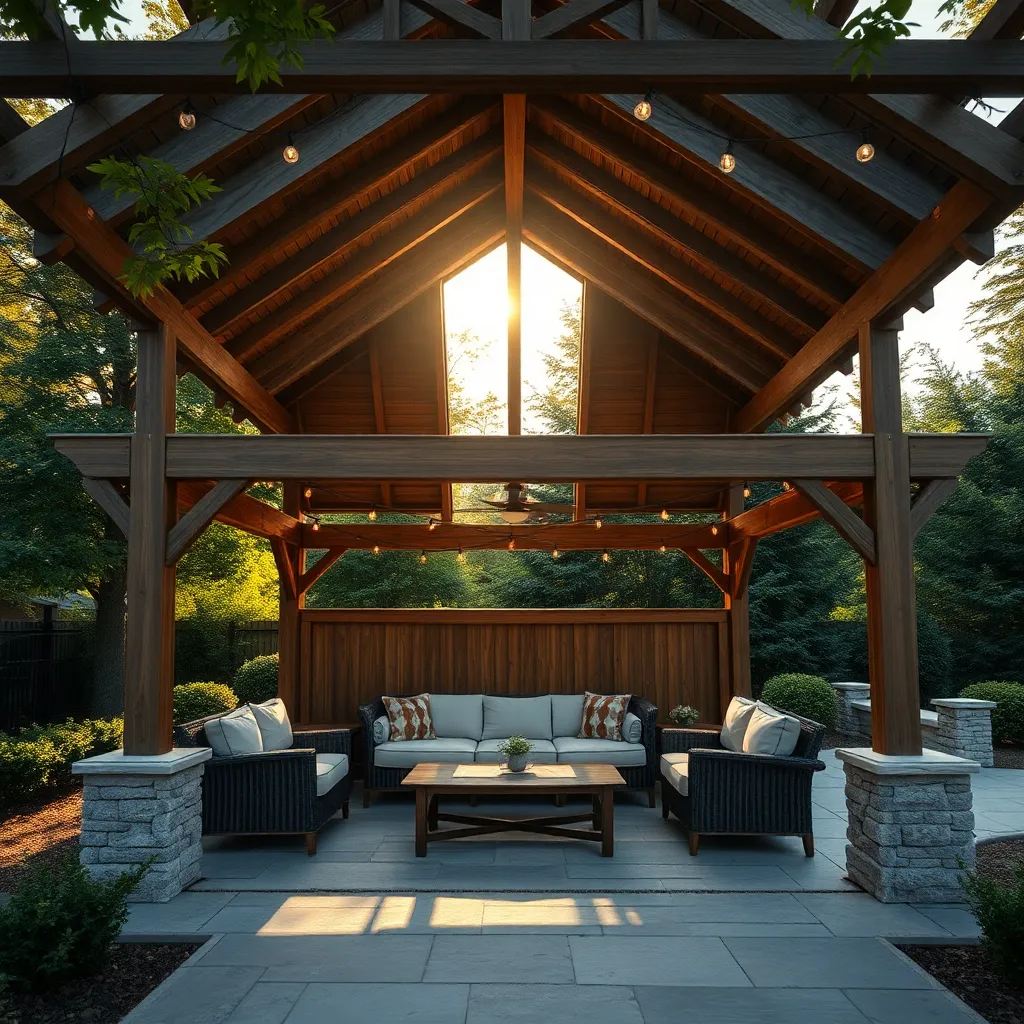
Begin by identifying how you plan to use your gazebo to guide the roof style choice. For example, if you want a space primarily for shade and light rain protection, a simple, sloped roof with durable asphalt shingles can be effective and budget-friendly. For entertaining or outdoor dining, consider a roof with wider eaves and materials like metal or cedar shakes to provide extra shelter and aesthetic appeal.
Next, think about the structural demands based on your climate and usage. A gable or hip roof design offers excellent stability for areas with heavy wind or snow, while a flat or pavilion-style roof suits milder environments. Incorporate practical design elements like vented ridges or waterproof membranes to enhance durability and comfort, ensuring your gazebo remains a functional, inviting outdoor retreat year-round.
Evaluate Local Climate Conditions
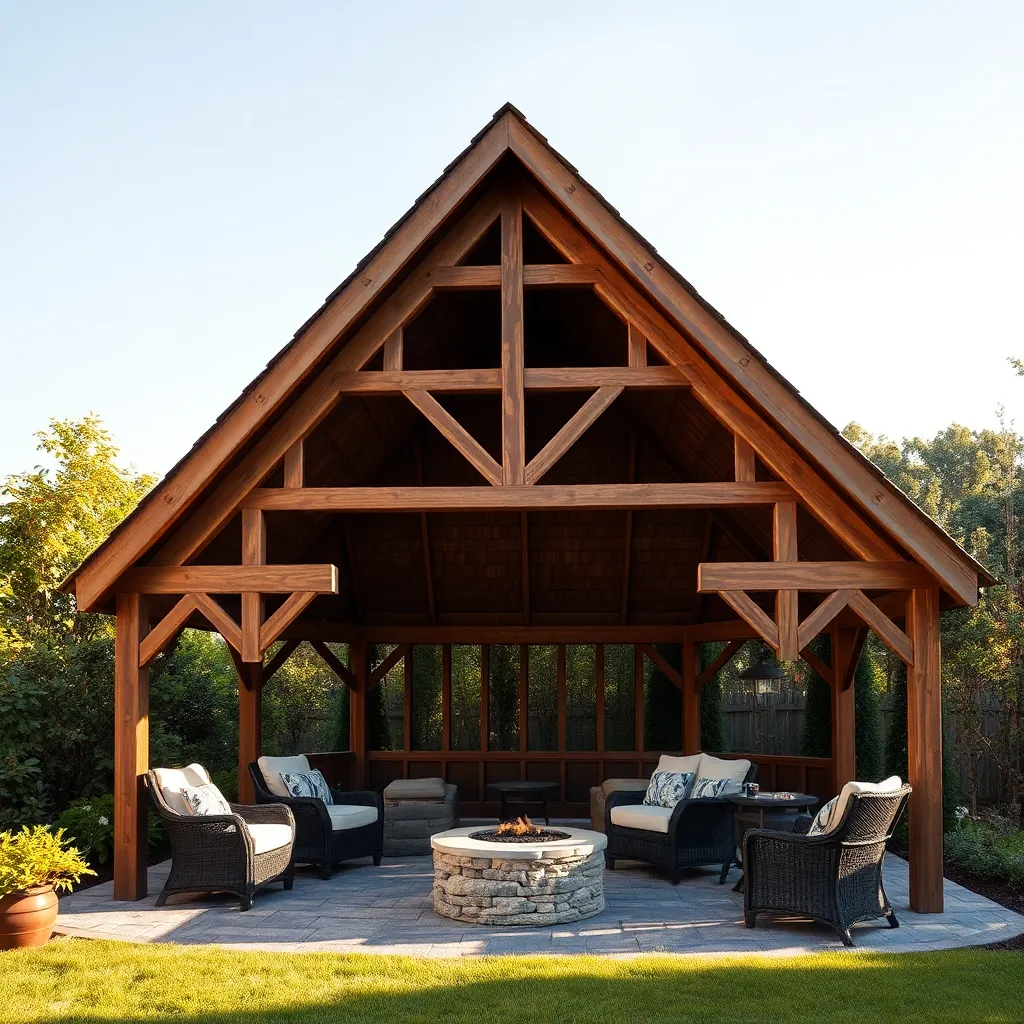
Understanding your local climate is essential when selecting the right roof style for your gazebo. For areas with heavy snowfall, consider steeply pitched roofs like a gable or hip style, which facilitate snow shedding and prevent excessive weight buildup. In hotter climates, a roof with good ventilation, such as a pavilion or pagoda style, helps keep the space cooler and reduces heat buildup under the shelter.
Wind resistance is another critical factor to evaluate; opt for roof designs with fewer overhangs and stronger framing if you live in a windy region. Using durable materials like metal or high-quality composite shingles can increase longevity and performance in harsh weather. Additionally, incorporating waterproof underlayment and proper flashing ensures your gazebo stays dry and protected year-round.
Research Popular Roof Style Options
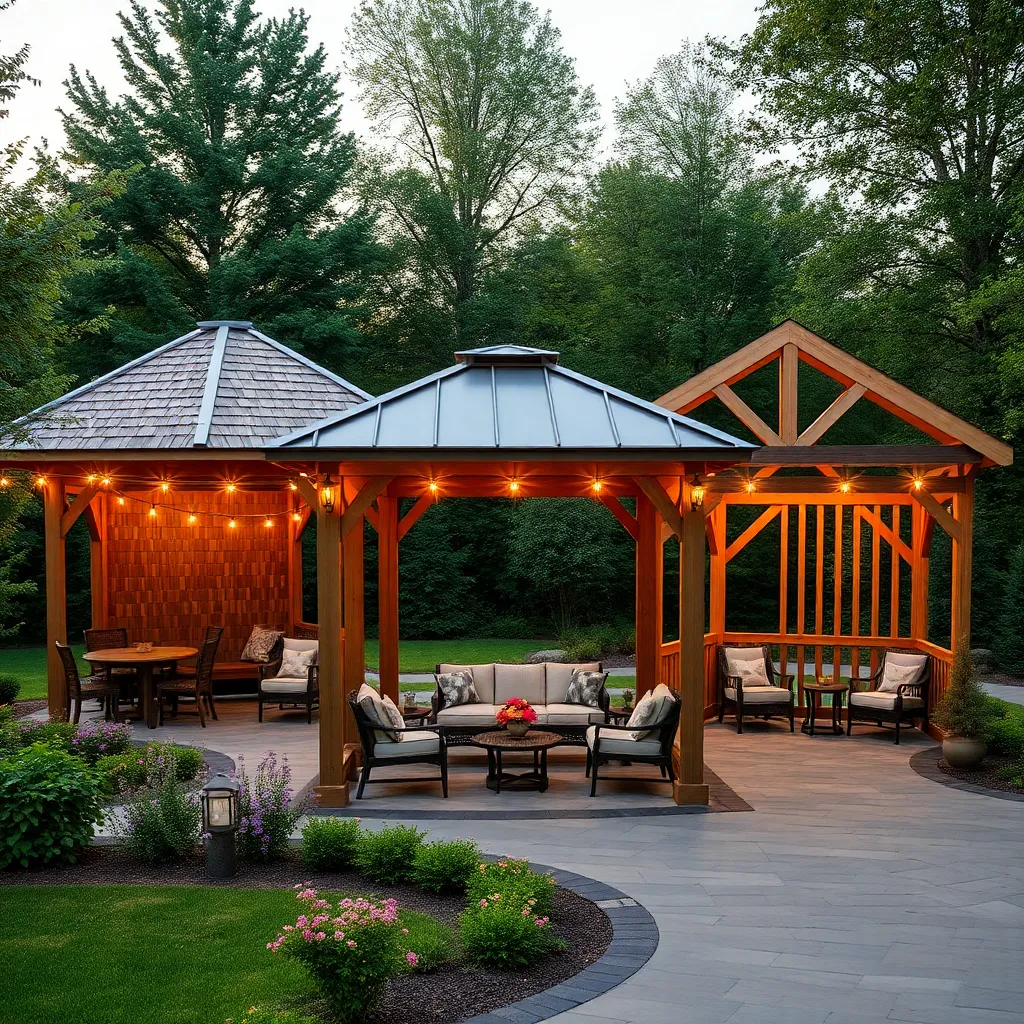
When researching popular gazebo roof styles, start by considering the classic hip roof, which features slopes on all sides, providing excellent stability and water runoff. This design is ideal for most climates and pairs well with materials like asphalt shingles or metal roofing for durability and easy maintenance.
Another practical option is the gable roof, recognized by its triangular shape that allows for more headroom and better ventilation. For advanced customization, consider adding decorative elements such as exposed rafters or cedar shakes, which enhance both aesthetics and weather resistance.
Match Roof Style to Gazebo Shape
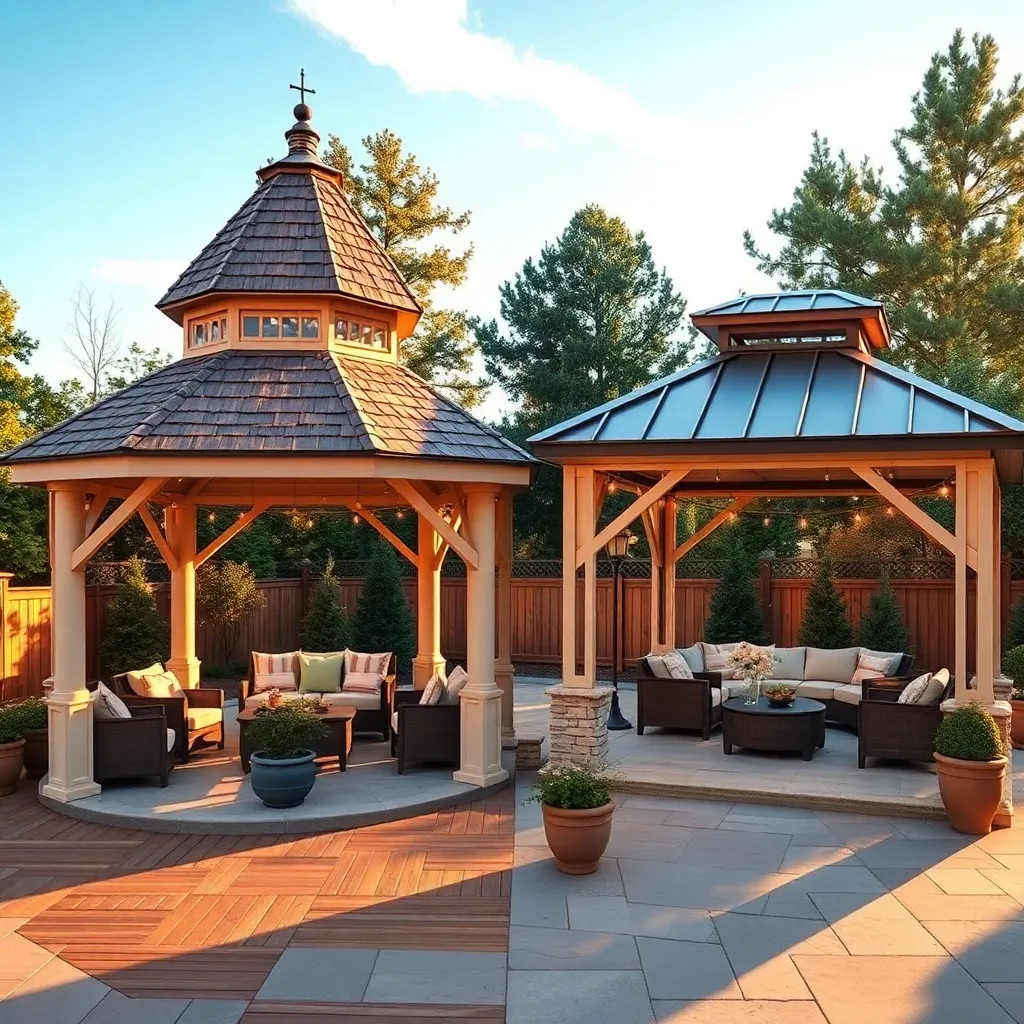
Choosing a roof style that complements your gazebo’s shape ensures both aesthetic harmony and structural stability. For example, octagonal gazebos pair well with hip roofs, which slope gently on all sides and provide excellent water runoff. Rectangular or square gazebos often benefit from gable roofs, which offer straightforward construction and enhanced ventilation; using durable materials like cedar shingles or metal panels can extend the roof’s lifespan in varied climates.
When planning your roof, consider practical design elements such as overhang length and roof pitch to protect against rain and sun exposure. Advanced tips include reinforcing the frame with pressure-treated lumber and incorporating ridge vents to improve airflow, especially for enclosed gazebos. Remember, a well-matched roof not only enhances curb appeal but also increases your outdoor shelter’s durability and comfort.
Consider Maintenance and Durability
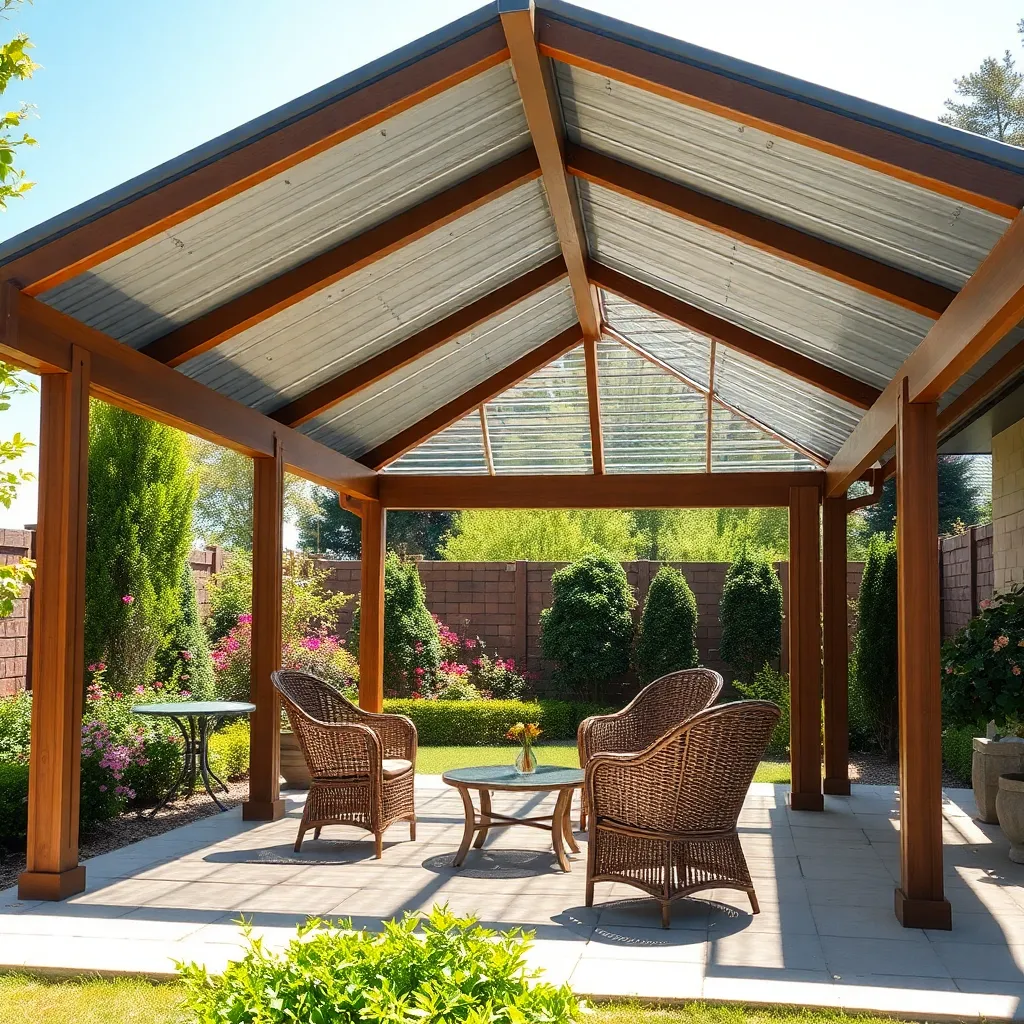
When selecting a roof style, consider materials that offer long-lasting durability with minimal upkeep. For example, metal roofs like aluminum or steel provide excellent weather resistance and require less frequent maintenance than wood shingles. Additionally, choose roofing with corrosion-resistant coatings or UV protection to extend the life of your gazebo and reduce the need for repairs.
Beyond material choice, pay attention to design features that simplify maintenance. Steeper roof pitches promote efficient water runoff, preventing debris buildup and reducing mold growth. Incorporate accessible gutters and ensure proper ventilation beneath the roofing to avoid moisture issues. For advanced durability, consider treated wood framing or composite materials that resist rot and insect damage, ensuring your outdoor shelter remains sturdy and attractive for years.
Conclusion: Creating Beautiful Outdoor Spaces
Choosing the right roof style for your gazebo is more than just an aesthetic decision—it’s about creating a space that reflects your unique needs and enhances your outdoor experience. We explored five key concepts: understanding your climate, balancing style with function, considering materials for durability, matching your home’s architecture, and planning for maintenance. Each factor plays a vital role in building a structure that stands strong and brings joy for years to come.
Now, take a moment to review your outdoor space and list which roof styles resonate most with your lifestyle and environment. This simple step can set you on the path toward a perfect gazebo design tailored just for you.
Remember to save or bookmark this article—it’s a valuable resource you’ll want to revisit as you make your decisions. With thoughtful choices and a clear plan, you’re well on your way to creating an inviting retreat that nurtures memorable moments with loved ones. Here’s to building not just a gazebo, but a foundation for lasting happiness and connection in your home.

